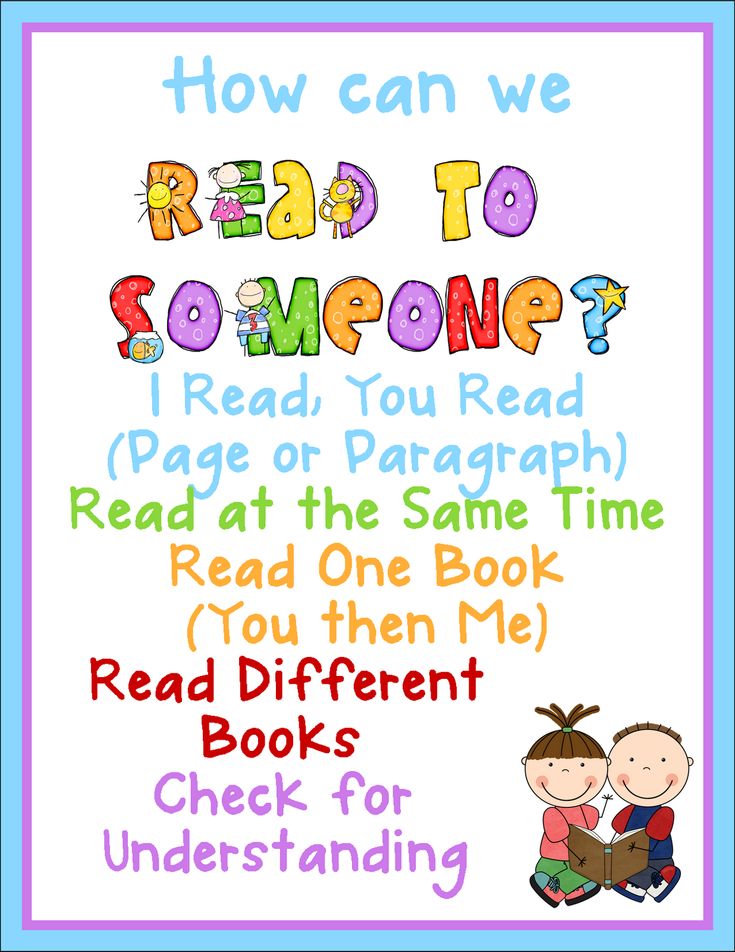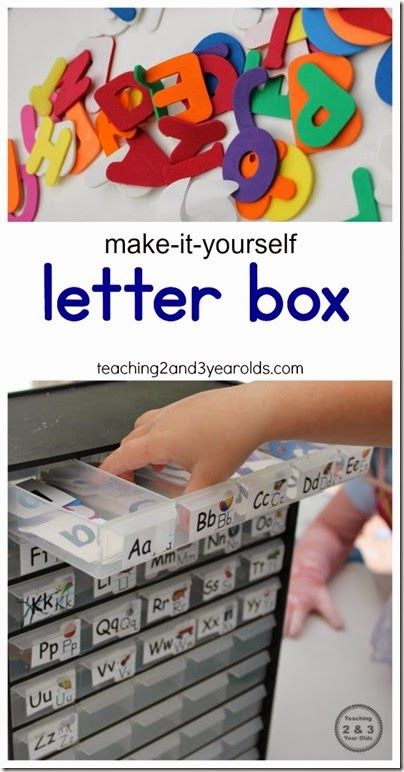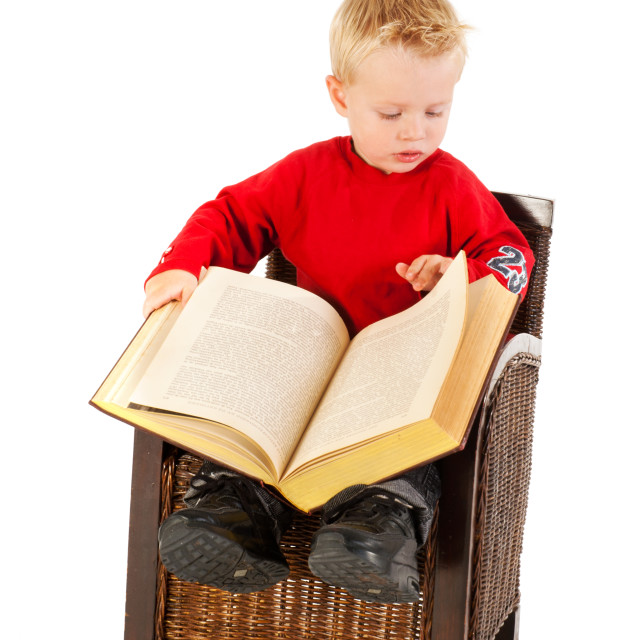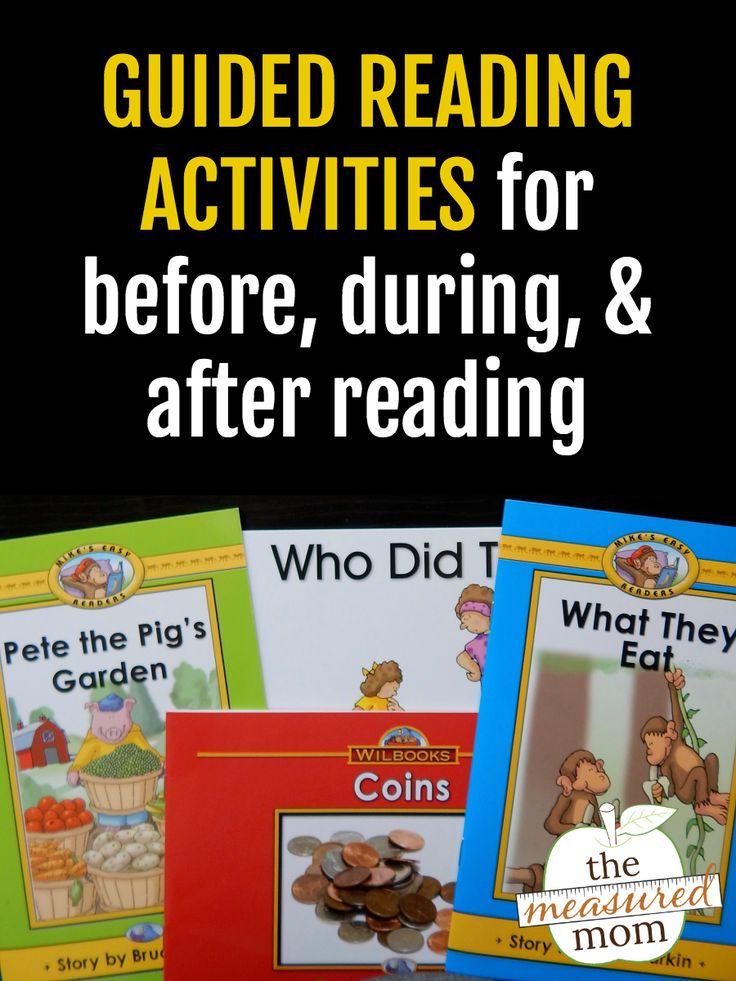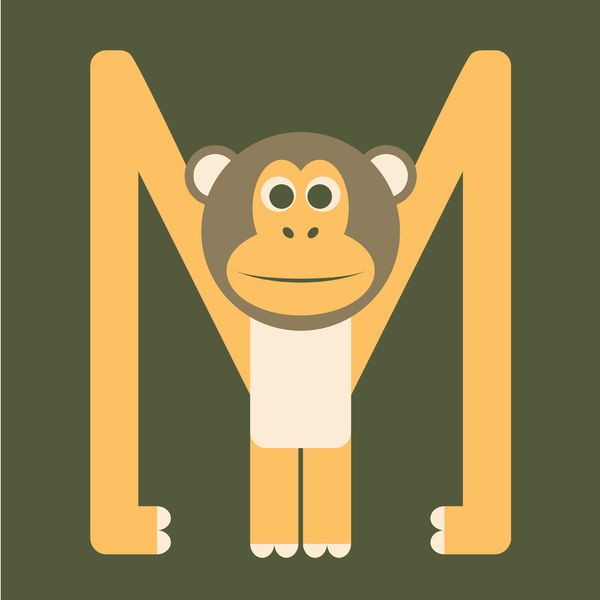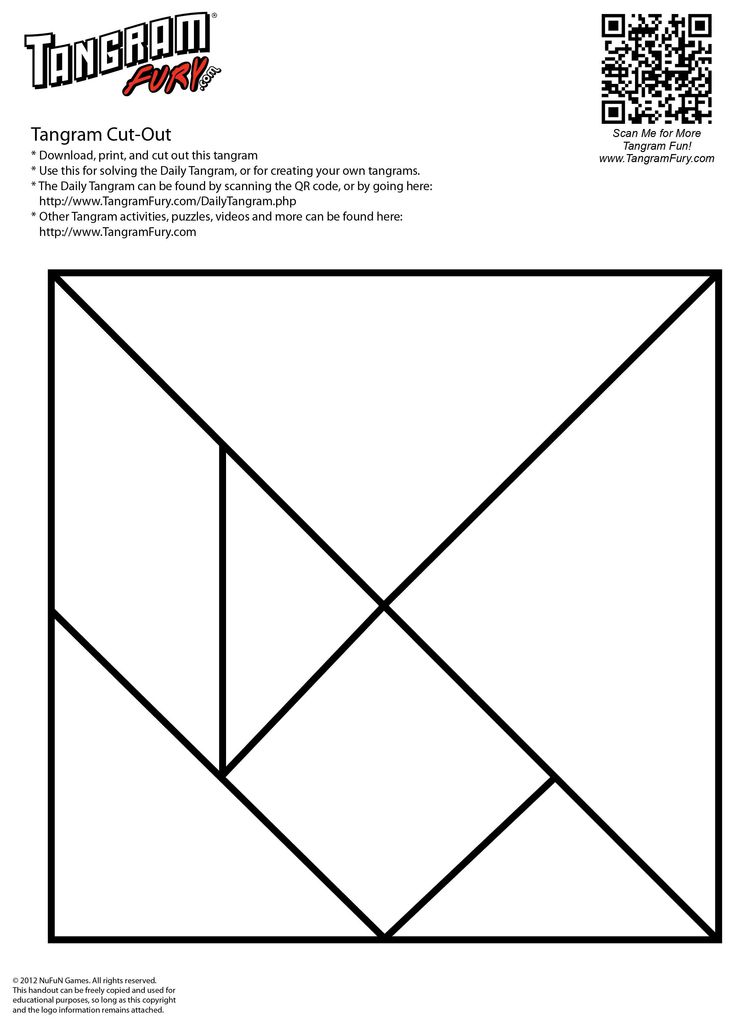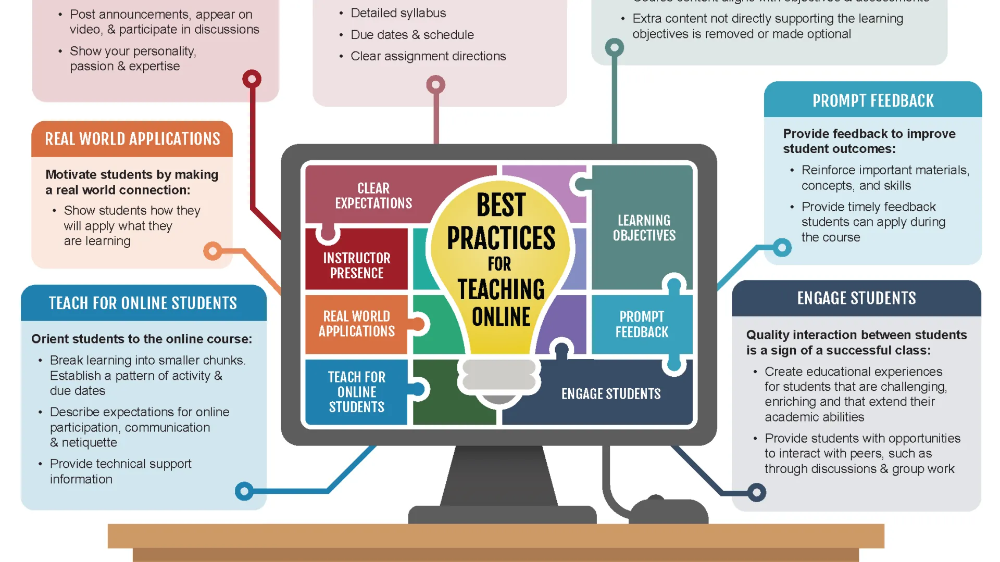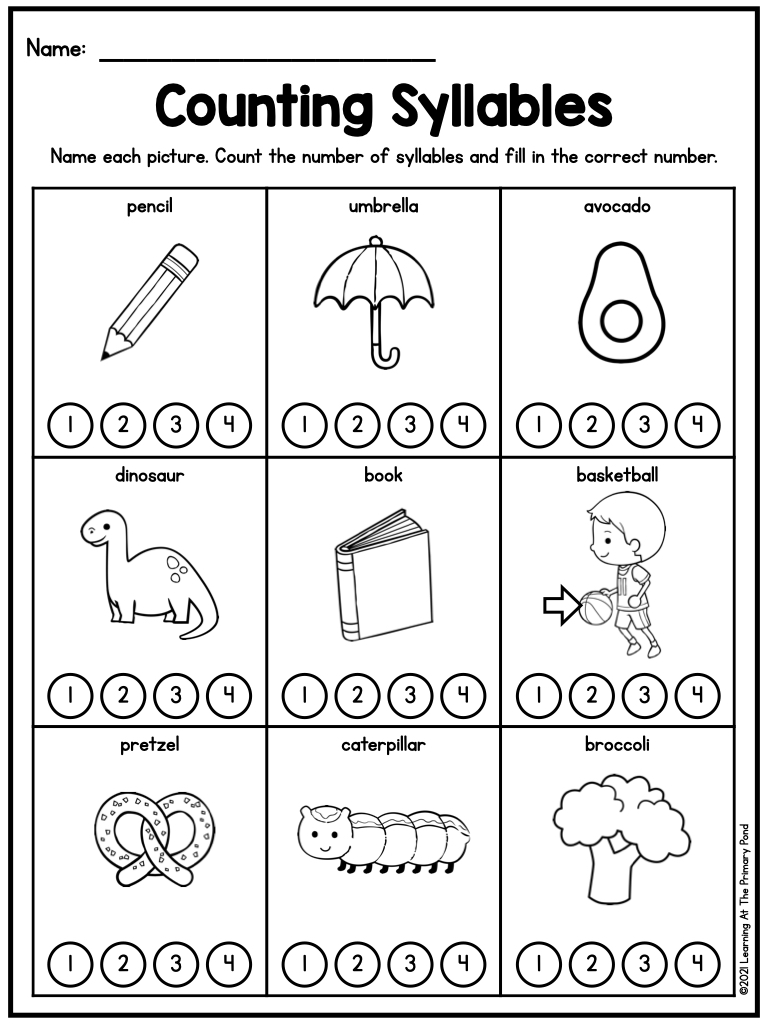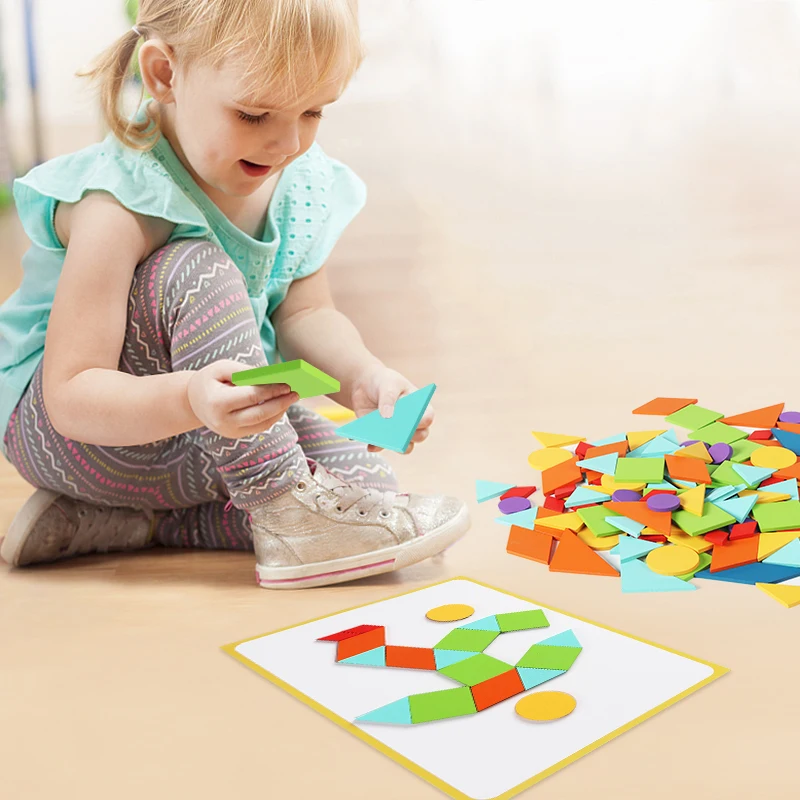Shared reading kindergarten books
Top Ten Books for Shared Reading Time
I have blogged about shared reading before and I can’t help but head into this school year, excited to make shared reading time even better than last year.
I love shared reading because it brings joy to the classroom. Students are having fun while reading! We can begin shared reading by singing songs and reading charts. The warm up songs and poems can be added to student's book buckets. Some teachers have binders in which they can easily add the song as well. Some classrooms create small little books from the songs during interactive writing. Whatever you do, keep it simple.
I know one reason a teacher may be hesitant about shared reading is access to books.
When I do think of shared reading, I think of big books and we all know that those big books cost lots of money. Although using big books is ideal, teachers can bring shared reading to their classrooms with little books too. If you have an Elmo you can enlarge the book on the screen.
The following is a list of books that I think are great to use for shared reading
for the following reasons:
They are popular with teachers so many classrooms have them.
Students often seek these books during the school year because they are appealing and are of high interest. They lend themselves beautifully to book innovations. There are so many opportunities to create your own class version during interactive writing.
1. Brown Bear Brown Bear What do You See? by Eric Carle and Bill Martin Jr., I think every kindergarten teacher knows this book so it’s at the top of the list. I love that this is a timeless book, it never gets old.
2. Pete the Cat I love My White Shoes by Eric Litwin Art by James Dean. Kids love Pete. Here we have Pete the cat going on an adventure stumbling into trouble and persevering.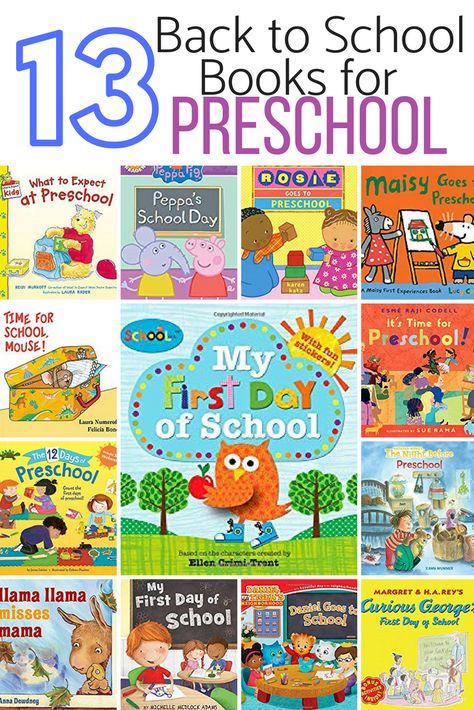 What I love about this book is the opportunity to teach sight words and color words.
What I love about this book is the opportunity to teach sight words and color words.
3. Who Stole the Cookies? by Judith Moffatt The teachers in my building always write these words into a song chart. Why not use the book during shared reading first. In this version, there are some animals that steal the cookies. Eventually the pattern changes, which will provide some great opportunities for problem-solving tricky words and teaching about rhymes. One teacher in my building makes wonderful innovations. She often teaches her kids, Who Stole the Pumpkin From the Pumpkin Patch; soon the kids start to make up different versions.
4. You Can Do it! by Betsy Lewin “Can I do it?” Wonders little crocodile when he and his friend see a sign on a tree that says, Big Race Sunday. Immediately a BIG crocodile says, NO YOU CAN’T in a much smaller voice (visible by the font size) the crocodile says, yes I can. The story continues with the crocodile training with his best friend on how to win the race.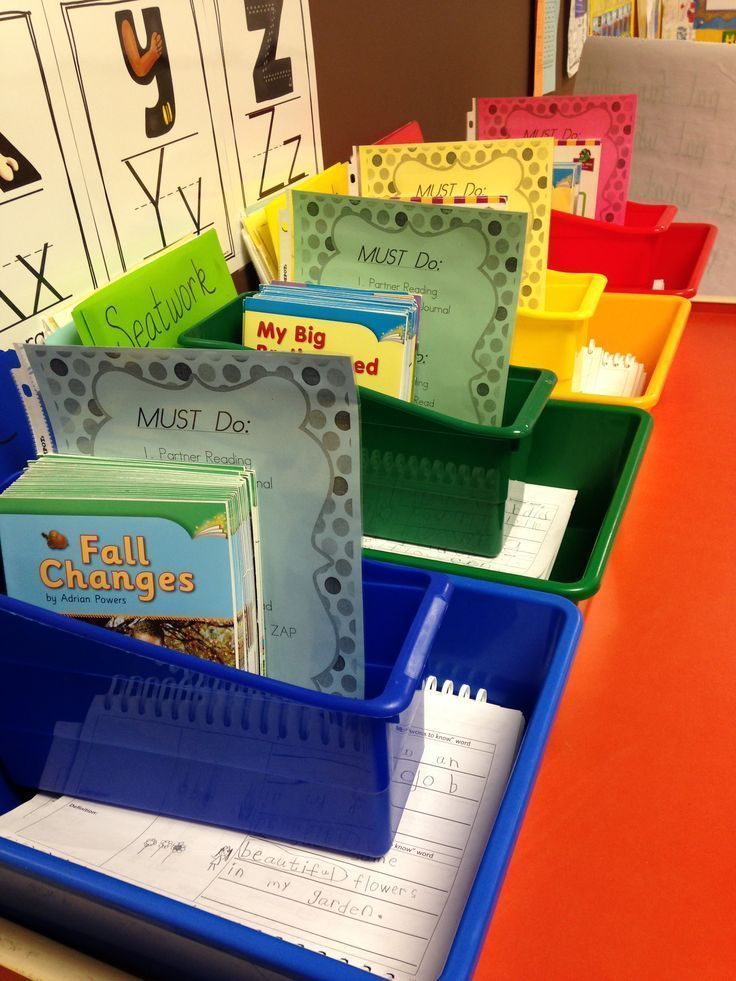 If your classroom studies illustrations they will quickly notice a few strategies used in this book. I love the use of speech bubbles and font size throughout the text. I think most importantly this book sends the message that you can do anything when you work hard and believe in yourself. This is a simple yet powerful book; add this to your growth mindset.
If your classroom studies illustrations they will quickly notice a few strategies used in this book. I love the use of speech bubbles and font size throughout the text. I think most importantly this book sends the message that you can do anything when you work hard and believe in yourself. This is a simple yet powerful book; add this to your growth mindset.
5. I Went Walking by Sue Williams. This is a pattern story that students will pretty quickly read along with you. In this story, a child is walking and sees different animals on their walk. The text says I went walking. What did I see? I saw a black cat looking at me. The boy sees a black cat, then a brown horse, then a red cow and so on. Students love to guess what animal will be next based on the clues in the illustrations.
6. Let’s Go Visiting by Sue Williams. Let’s go Visiting is the sequel to I Went Walking. Beautiful illustrations and repetitive text will make this enjoyable for young readers.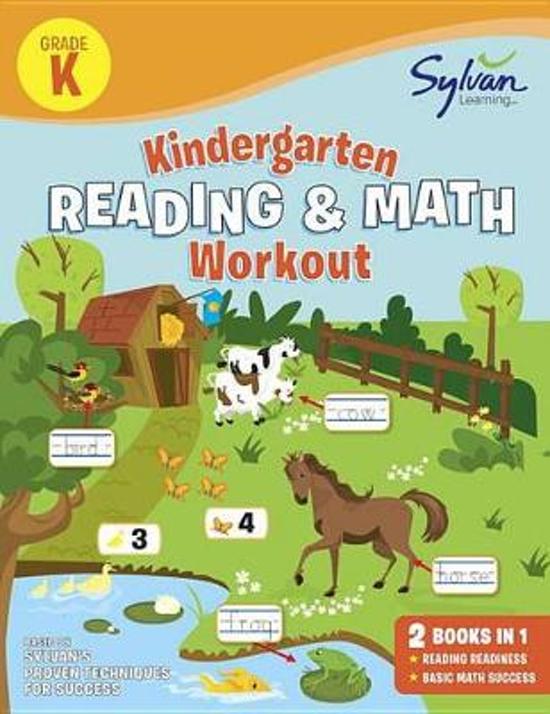 Similar to I Went Walking there is a pattern text but this is a story Let’s Go Visiting brings in baby farm animals ready to play. Students could easily talk about the similarities and differences in each text.
Similar to I Went Walking there is a pattern text but this is a story Let’s Go Visiting brings in baby farm animals ready to play. Students could easily talk about the similarities and differences in each text.
7. It looked like Spilt Milk by Charles Shaw. After hearing the first few pages of this story, children will eagerly chime in. The pattern in this story says, Sometimes it looked like a _______ but it wasn’t a _________. Students love to guess the different shapes on each page. You can easily make your own version of spilled milk.
8. Tiptoe Joe by Ginger Foglesong Gibson. This jazzy story begins Tiptoe fast, tiptoe slow. Say hello to Tiptoe Joe. This story will become a sure favorite during shared reading time. Its rhyme and repetition will make it easy and enjoyable for children to read along. Tiptoe Joe the bear bumps into many animals on a forest adventure. Where will he bring the animals and what will they see? Students will love the surprise ending.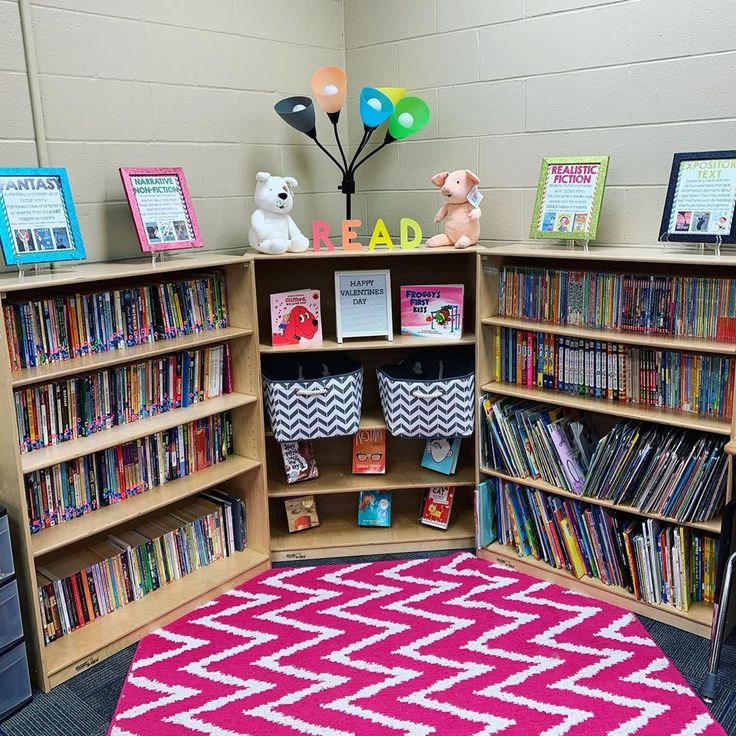
9.
We’re Going On a Leaf Huntby Steve Metzger. This is the perfect book to read in the fall. Students are already familiar with going on a bear hunt which makes this a somewhat familiar tale. In this version, students are going on a leaf hunt. The text repeats, We're going on a leaf hunt. We're going right away. Let’s find colorful leaves. It’s a wonderful day. Each page has a different encounter in the fall and in the forest. Students will love the sound words and actions you can add to the story.
10. Hey, Tabby Cat! by Phyllis Root. I LOVE all of the books from the Brand New Readers series. I think all of these books are great for shared reading time. I love the beautiful colored illustrations and how each story is shorter than the average book only 8 pages long. These funny stories beg to be read again and again. I think they are pretty affordable for a leveled text. If you go on the company website they do have most books leveled.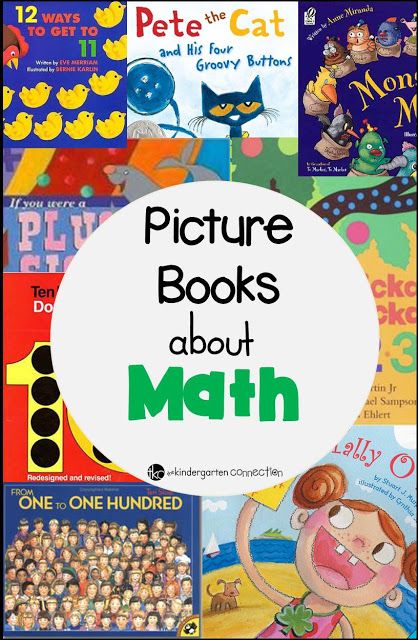
One of my goals this year is to make shared reading the best it can be. If you have a book that could be added to this list, let me know!
Joyfully reading books with little kids,
Melissa
Picture Books for Shared Reading – Choice Literacy
Last week I was reading Shari Frost's article, Whatever Happened To Mrs. Wishy Washy? when I began to think about the Big Books that have been loved in my room over the years. Mrs. Wishy-Washy's Farm, Greedy Cat, Who's in the Shed? and Oh No! have all been favorites. These texts were staples until I moved to a new school this year. I left behind all of these wonderful and rich resources.
My new school is still accumulating resources. I have been challenged to beg and borrow big books. My colleagues have been very generous sharing their resources, but kids need to have books used in shared reading available to them every day, all year long. Without the big books I am used to, I have been forced to find alternatives.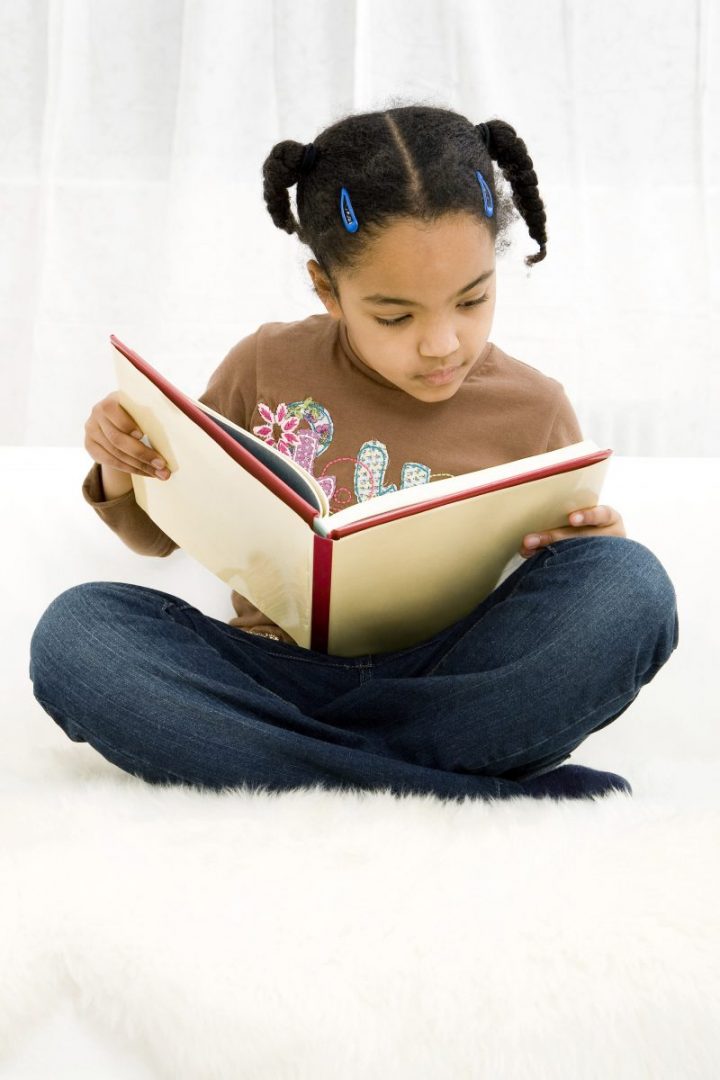
One way that I have supplemented shared reading resources is by starting a collection of picture books that work well for shared reading. The books have characteristics which include lively language, interesting characters, and illustrations that support text, as well as invite questions and predictions. The repetitive language in these books encourages the students to join in the reading. Though the print isn't as large as I would like it to be, the texts are definitely finding their way into hands and book bins after we read and reread them together.
Here are some picture books we are using for shared reading:
Monkey and Me by Emily Gravett
In this lively and repetitive story, a little girl and her monkey pretend to see many animals. The students' eyes are focused on the little girl as her illustration provides the hint for which animal she and monkey will see next. After reading it, you are bound to have a student ask to move like the animals in the book! I think we walk like penguins and trumpet like elephants weekly.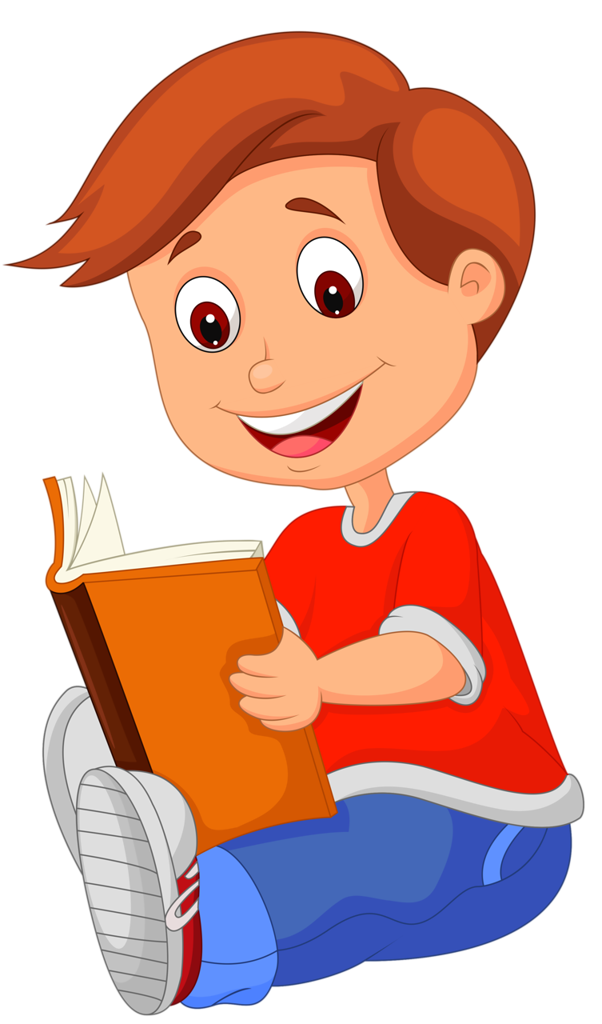
I Am the King by Leo Timmers
Who is most fit to be king of all animals? Animals find and try on the crown. Each decides that the golden hat suits him best . . . pig, crocodile, and elephant. All declare, "I am the king!" Who really takes the crown?
Where Are You, Little Frog? by Kayleigh Rhatigan
This delightful read has the kids guessing where little frog is on his journey to different parts of the farm. It is a playful, repetitive rhyming book with short text, and fits right into the hands of primary readers.
Hello, Day! by Anita Lobel
What first made this book so wonderful for me is that I have loved Anita Lobel for years. I was thrilled to see her write and illustrate a very simple and elegant pattern book. Second, the pictures are gorgeous and invite the reader to notice patterns in colors and text. Each farm animal starts the day saying good morning. The Goose says, "Honk." The Pig says, "Oink." What they all mean is "Hello, day!" Owl gently ends the day with his "whoo-oo" (good night).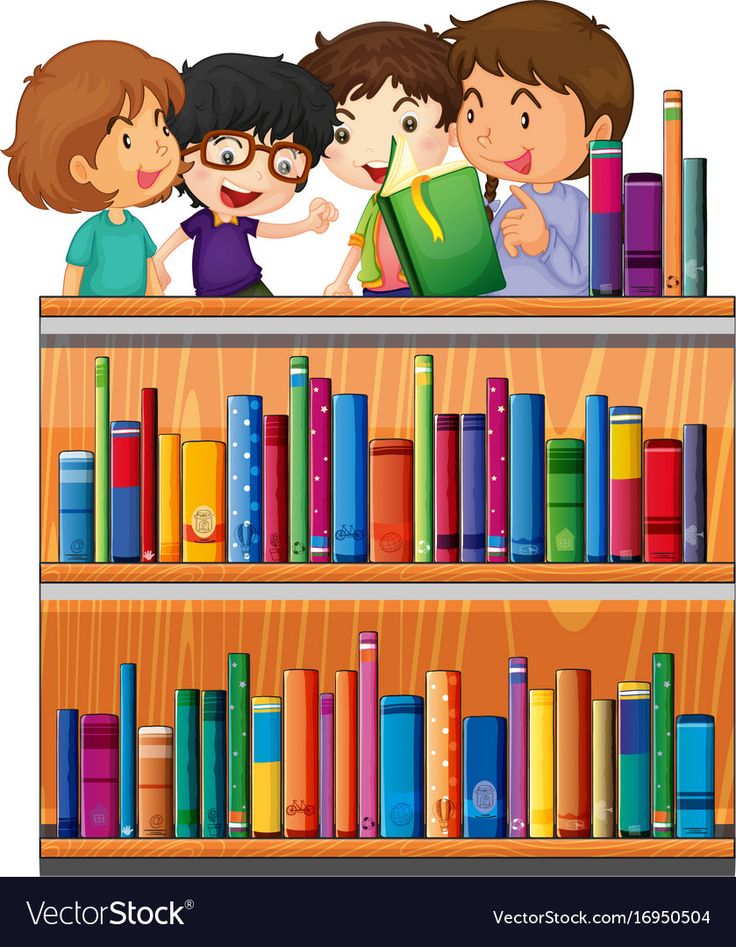
Dinosaur vs. Bedtime by Bob Shea
I love Dinosaur because he reminds me of the three dinosaur-like kiddos I have at home. Dinosaur is in constant competition over something (a pile of leaves, a big slide, a bowl of spaghetti, talking to grown-ups, bath time, tooth brushing, and finally bedtime). At bedtime, his ROARS soon fade into snores. This book has lots of "ROAR" repetition and simple text. My kids love to hear it, read it, and write about their own bedtime battles.
This Is the Way by Charles Fuge
The pictures in this repetitive and rhyming story are bright and bold. There is much to notice as the little boy moves like the animals in this story. The language is rhythmic and strong. The ending of the story lends itself to discussion based upon the intriguing final illustrations.
Who Ate All the Cookie Dough? by Karen Beaumont
Who doesn't love cookie dough? Kanga asks, "Who is eating all the cookie dough?" She questions lion, zebra, llama, cheetah, hippo, and monkey. The kids will keep guessing "who" throughout the story, and the ending is a sweet surprise! This book helps children notice rhyme and the repetition of many high frequency words.
The kids will keep guessing "who" throughout the story, and the ending is a sweet surprise! This book helps children notice rhyme and the repetition of many high frequency words.
What Will Fat Cat Sit On? By Jan Thomas
This book just makes you laugh! Fat Cat is ready to sit on somebody! What farm animal will it be? The animals begin pointing fingers until someone suggests a chair. Ahhh. Now, what will fat cat have for LUNCH? This book contains simple text in a question answer format that six- and seven-year-olds love and remember.
The Doghouse by Jan Thomas
The funny farm characters are back for more fun while playing a game of kickball. The fun takes a turn when the ball is kicked in the doghouse! Who will venture in to get the ball? The kids love to join in the short repetitive text and make guesses about the drama that happens in the doghouse.
Where Is the Green Sheep? By Mem Fox
This book is filled with all kinds of sheep. You meet scared sheep and brave sheep and many other sheep opposites.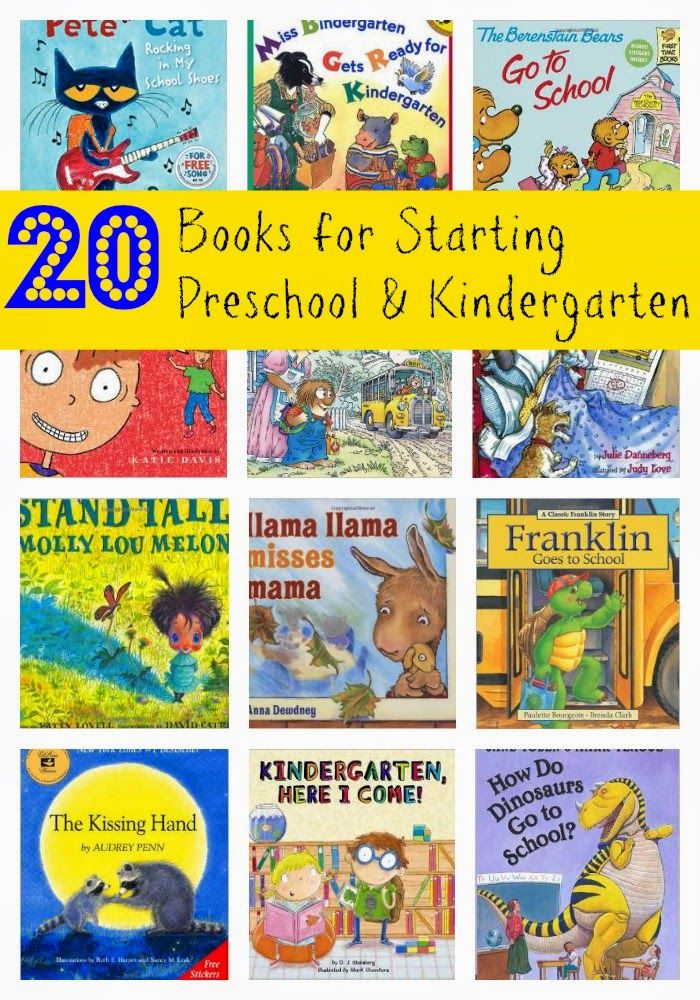 The author continues to wonder . . . where is the green sheep? Don't worry, you find him at the end. Shh! You guessed it. He is fast asleep. This book is full of rhyme and repetition, and I have seen it build confidence in young children as they read it again and again.
The author continues to wonder . . . where is the green sheep? Don't worry, you find him at the end. Shh! You guessed it. He is fast asleep. This book is full of rhyme and repetition, and I have seen it build confidence in young children as they read it again and again.
Back to top
Joint reading of children and adults
Author: Shananina Natalya Alexandrovna
Joint reading of children and adults
Joint reading of children and adults, talking about what they have read and felt is a fertile ground for the spiritual rapprochement of parents and children, the basis of their emotional - rich communication, a guarantee of mutual respect and growth of parental authority. Therefore, we should not forget that parents, telling and reading to children certain works,
They create an atmosphere of warmth and comfort in the family, and this is very important for the comprehensive development of the child. How painful and bitter to see that most of today's children are deprived of this precious pleasure, unfortunately, so many parents replace reading books, watching cartoons and a computer.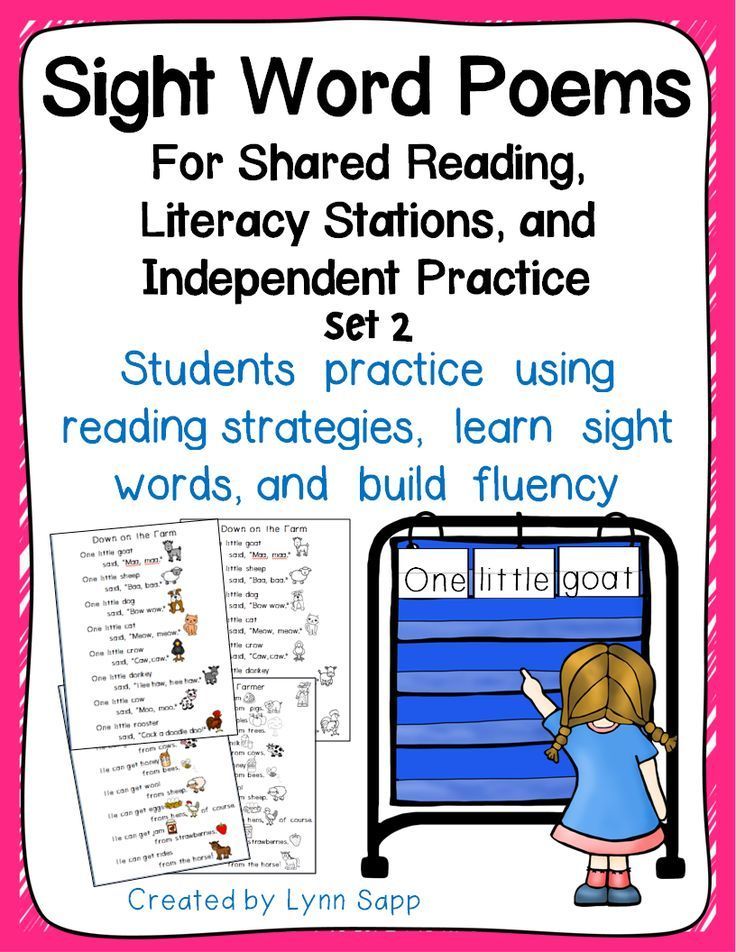 The problem of reading is not a problem of one city, but a global problem, indeed people have begun to read less. According to media reports, only about 15% of parents participate in the formation of the book culture of children, 60% of parents do not read to children at all.
The problem of reading is not a problem of one city, but a global problem, indeed people have begun to read less. According to media reports, only about 15% of parents participate in the formation of the book culture of children, 60% of parents do not read to children at all.
When I came to work in a kindergarten, I ran into a problem - children do not listen to adults reading.
Initially, I started to get children interested in the book, told them that the book contained a lot of useful information, looked at the illustrations and the very design of the book.
Every day I read books to children, every day I created problem situations where the child had to turn to the book.
For example: I would read to you while you sleep, but we don’t have a book and the child brings books from home or find illustrations for such and such a fairy tale.
That is, at the 1st stage of my work, I instilled a love for books, developed children's powers of observation, and accumulated life experience.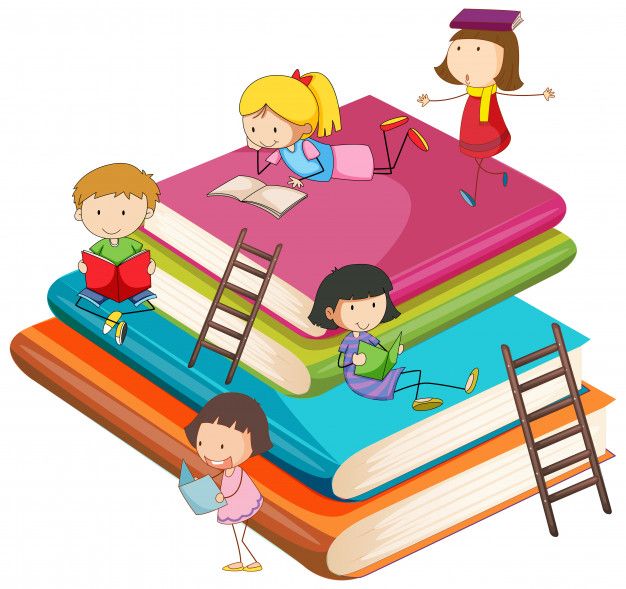
My children and I went to the library every month, where we were told about the meaning of books, what books are, what they teach us, how to treat a book.
We went on excursions to the forest, the park, to the river, along the streets of Gorda, observed and discussed what we saw.
For example: On a walk, a girl saw a beautiful petal, and it turned out to be a butterfly, and a poem was born: Butterfly. Or something else, for example, a girl came from home and told about her cat and a poem was born: Cat.
Thus, I led the children to writing poetry, where the children showed their creativity and their knowledge.
Also one of the areas of work is work with parents.
There were conversations, consultations. Information in the corner, parent meeting and homework.
A "Literary Lounge" was created, where meetings with interesting people or entertainment with parents took place. Parents came to light who, in childhood, also composed poems, fairy tales, stories, and one of the parents composes to this day. Against the background of the emerging love of the book. Children became more observant, and began to take the initiative in writing poems, an example of which I gave.
Against the background of the emerging love of the book. Children became more observant, and began to take the initiative in writing poems, an example of which I gave.
At the second stage, we moved from poetry to fairy tales.
We discussed with the children what is in a fairy tale - this is the beginning, middle and end, then what characters are in the fairy tale - the main character (always kind), auxiliary characters, and sometimes there are evil heroes, then what actions are good, justice , mutual assistance, and sometimes evil, struggle and always a happy ending.
When was everything learned? children tried to compose their own fairy tale using models, the first fairy tale is “Watermelon and Melon Journey”
Then the children made up a fairy tale based on the questions – this is the fairy tale “How the Mighty Oak Saved the Little Fox”.
When 6 fairy tales were composed, we decided to create a book of fairy tales. This was stage 3.
Where a creative person was brought up.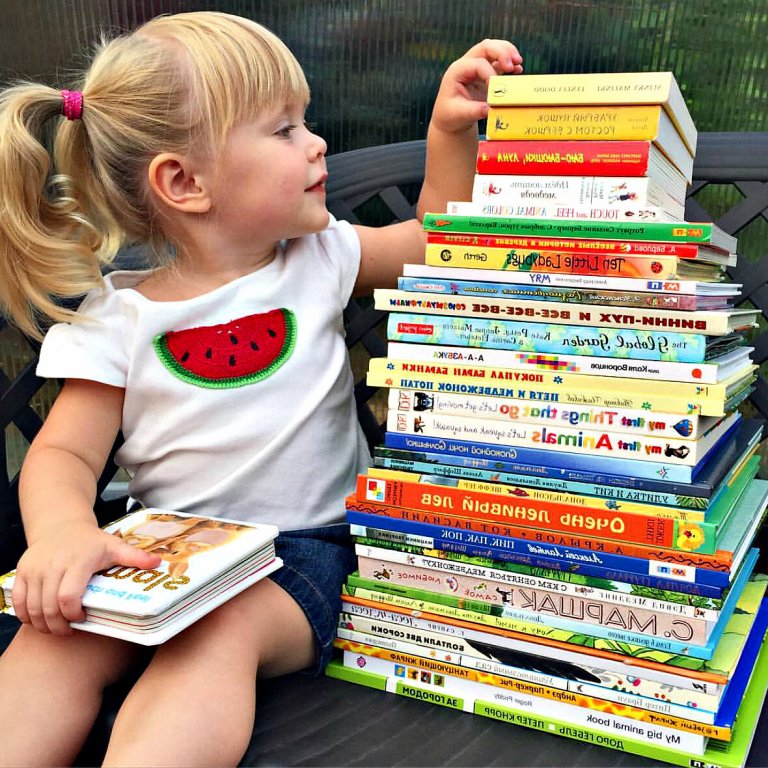
The child not only invented a fairy tale, but also drew pictures for it and brought it to life. Individual books were produced. For example: Vlada Fedorova.
The girl came up with fairy tales, poems, drew pictures for these works, and according to the girl's idea, the artist designed the book. A thematic book was created: "Seasons". Children composed poems, drew pictures, composed a fairy tale about the seasons. Also a family book.
The Grebelkin family made this book, sent it to the competition and received a diploma.
Based on all of the above, I concluded that if a child made a book himself; he will never kick a book, tear a leaf out of it, because it is labor.
A child of senior preschool age is a very creative person, and this must be developed and supported.
In the process of work, the children have better developed monologue and dialogic speech, well-developed communication skills, a large vocabulary, all mental processes are better developed.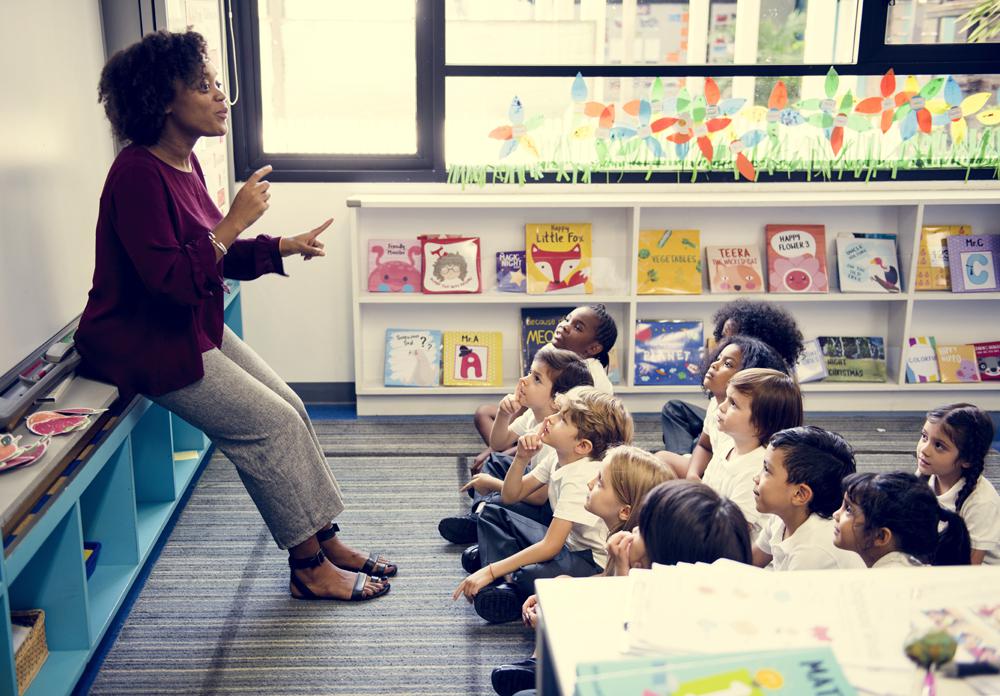
The child is able to compose fairy tales according to models, is able to reflect composed fairy tales through productive activity.
Reading together as a family tradition life, contributes to the development of the brain and creates a favorable atmosphere in the family.
Optimal time for family reading
You can read with your child both during the day and in the evening, and you don't even have to do it at home — it all depends on the schedule and capabilities of the parents. But, as a rule, the best time to read with a child is in the evening. By this point, even the most restless children are no longer so active, so it is easiest to set the child up to read a book before bed.
If this activity turns into a family ritual, then the child himself will already be looking forward to the hour when he can plunge into the world of fairy tales, poems, stories and adventures with mom or dad. And he will be upset if, for any reason, family reading breaks down. In addition, in the evening, it is easier for even the busiest parents to set aside time to spend it with their baby.
In addition, in the evening, it is easier for even the busiest parents to set aside time to spend it with their baby.
Reading together can become a good family tradition only if adults, parents, grandparents, want it. To do this, try to choose books that are also interesting to you.
Then the chances are higher that they will bring pleasure to the child as well. And thanks to family reading, adults themselves briefly return to their own childhood.
The child, in turn, spending time with his parents before going to bed with a good book feels secure and happy. In addition, in families where family reading is practiced, disagreements between family members are much less likely to develop into serious conflicts.
Family reading cannot be replaced by audio books
What is so magical about family reading? It's simple: in the process of reading books, parents teach the child to enter into the right relationship with the world, to listen and hear others. This means that when he grows up, it will be easier for him to cope with difficulties and find a way out of difficult situations.
This means that when he grows up, it will be easier for him to cope with difficulties and find a way out of difficult situations.
During the day, a child receives a lot of information from a variety of sources. However, it is in the process of evening family reading that he purposefully listens, delves into what is being read to him. He has questions, doubts are born, he begins to think and put forward his own ideas. When reading is discussed with him, he learns to build a dialogue and consider different points of view.
Many parents try to “kill two birds with one stone” and replace reading with audio books. Yes, the child hears a good staged text with the voices of the actors and musical accompaniment. But this text is impersonal for him, so it is impossible to call it family reading.
The child does not see the bearers of these voices, he cannot make contact with them to discuss what he has heard. While family reading is both a tactile experience and an opportunity to immediately receive feedback from a significant adult.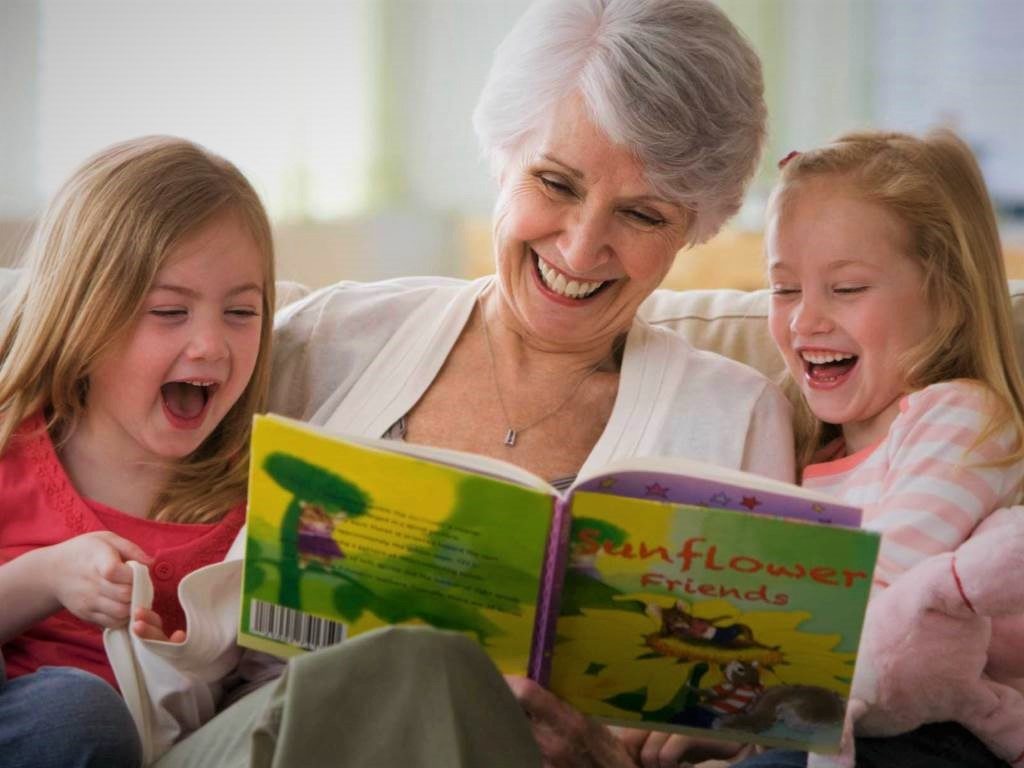
Often, modern parents have a negative attitude towards Russian folk tales - they say they are too scary. Of course, if you leave a child alone with an audio fairy tale about Baba Yaga, he will really easily get goosebumps.
However, when these tales existed, they were told in the family circle, and children learned to cope with fear and other negative feelings in a safe environment. This means that when negative emotions and stress arose in real life, it was easier for children to cope with them.
Until what age should children read books
Ideally, it is better to read books to a child regularly before the age of 12. Then, as a rule, the schedule of children changes, they need to start preparing for an independent life. After this age, family reading may remain a good family tradition, but it is up to high school that reading with a child is especially important.
Alas, quite often parents stop reading together as soon as the child learns to read on his own.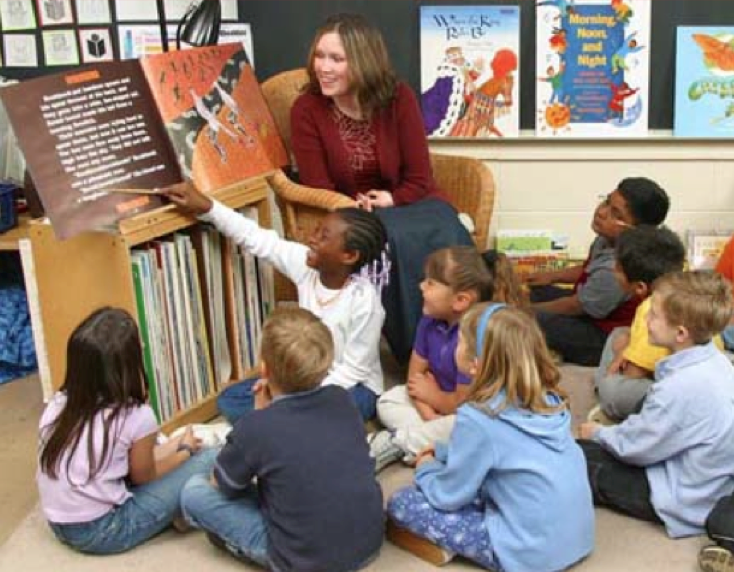 They feel that they have fulfilled their task, and after 7-8 years, they see their role only in buying interesting books and making sure that the child reads them.
They feel that they have fulfilled their task, and after 7-8 years, they see their role only in buying interesting books and making sure that the child reads them.
Parents of older preschoolers often make a big and sad mistake: they start forcing their child to read. And then family reading is quickly replaced by reading lessons. After all, school is soon, and adults feel an increased responsibility for the child's skills (or lack of them).
However, it is one thing to develop, together with the child, the skill of combining syllables into words, and sentences into texts. And quite another is joint reading. These are different tasks. For example, teaching children anything is more effective in the morning. And let the evening become a time that can be spent with pleasure.
When parents begin to mix these two functions, they can cause the child to reject books. Moreover, learning to read is given to everyone in different ways, and quite often this process is fraught with difficulties.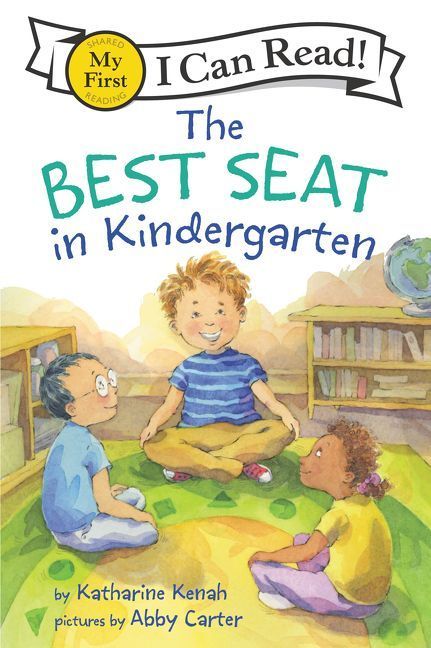
How and what to read with children of different ages
Infancy: from birth to one year
Lullabies are sung to the child, and when he is awake they play with him, saying various nursery rhymes and pestles. Such poetry for the little ones harmonizes the world in sounds, rhymes and rhythms. This oral-poetic tradition is very strong, because songs and rhymes for the smallest are passed on from generation to generation in a more or less stable form.
In addition to folklore, there is the author's, so-called maternal poetry. The authors of lullabies, washcloths, wake-up calls, spatulas, stomps and other rhymes also preserve elements of folklore in their work.
Children of this age play with the book itself, taste it and test its strength - you can call it part of the natural process of acquaintance with literature. Thus, the child gets used to the book, becomes attached to it as a source of joy. This is the first and very important step in teaching him to read.
What to read. Masha Rupasova - poetry; Book House of Anastasia Orlova - series "The Reader is Born"; Marina Boroditskaya - "Mom, here I am!"; Mikhail Lesnov - "Wonderful"; Nina Pikuleva "Mosquitoes"; Kristina Strelnikova - "Hedgehog".
Early childhood: 1-3 years
At this age, the book becomes even more attractive. The child's interest in rhythmic text - poems and songs is growing. Meanwhile, modeling the world under the eyes of a small child is not an easy task, because small children think in images.
Korney Chukovsky in his creative testament to children's writers advises: books aimed at young children should not be overloaded with epithets. He proceeded from the fact that babies are just getting acquainted with the objects of the world around them and do not have a very good idea of their properties.
The understanding of adjectives and epithets is based on an experience of observation and comparison that young children do not yet have.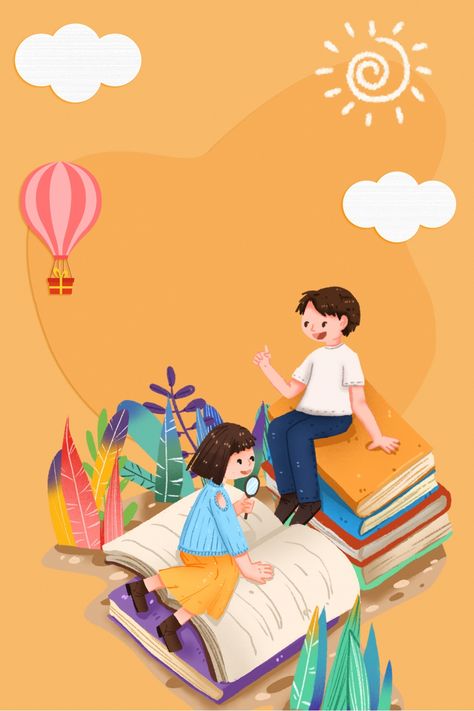 “Poems for children should be such,” wrote a children's classic, “so that you can sing, dance, shout, dance, play pranks under them!”
“Poems for children should be such,” wrote a children's classic, “so that you can sing, dance, shout, dance, play pranks under them!”
At this age, children also enjoy listening to short stories and fairy tales, and are also crazy about the so-called Wimmelbuchs - books with a minimum of text and colorful illustrations with great detail. Toddlers like to come up with the text themselves, following the logic set out in the illustrations.
From the point of view of family reading, the meeting of a child and an adult over Wimmelbuch can be very valuable and useful. After all, both - both the parent and the child - at this moment imagine, invent something new. This joint creativity strengthens the emotional bond between the baby and parents.
What to read. Many publishers have entire bedtime reading series aimed at early ages. For example, a collection of works by contemporary authors "Sleepy Tales". Also, the “Sleep Book” by Anastasia Orlova or “I Love You Always and Forever” by Jonathan Emmett will set the child up for a good sleep.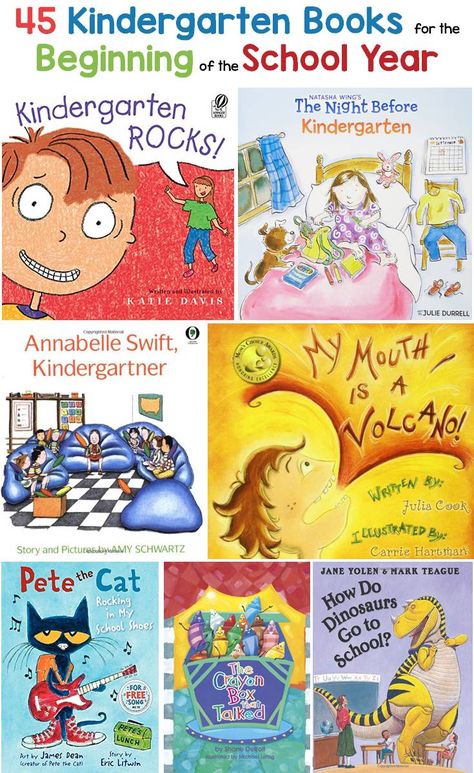
Preschool: 3-7 years old
At this age, children love books with bright, memorable characters that are full of adventure, travel and discovery. Vocabulary grows rapidly in preschoolers, and reading together plays an important role in this process. They are ready to listen to the same favorite story many times. And each time the child plays the plot in his imagination differently, identifies himself with different characters.
In books for children of this age, the text becomes larger, it begins to acquire a meaning for the child that does not depend on illustrations. Of course, drawings continue to play an important role, but are no longer so necessary. The text becomes important on its own.
What to read. Literary fairy tales can become favorite books for children of this age. For example, "The Adventures of Butter Lisa" by Viktor Lunin, "The Secret Life of Vegetables" by Alena Vodopyanova, "Chocolate Grandpa" by Narine Abgaryan and Valentin Postnikov, "Podkovkin" by Elena Yaryshevskaya and others.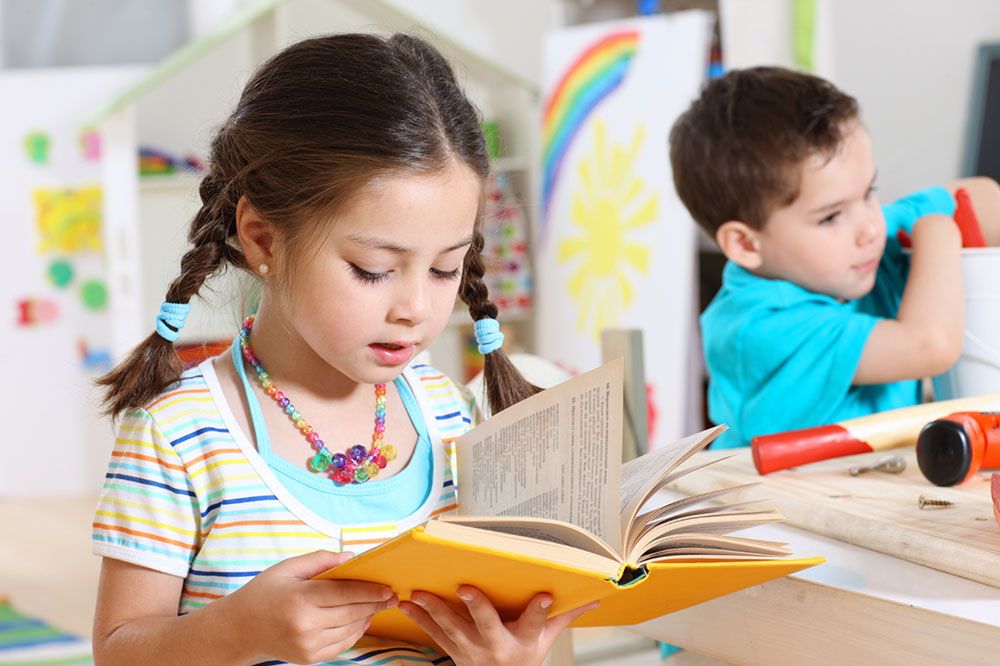
It is important to continue reading fiction books
Preschoolers are becoming more and more interested in learning. Parents, rejoicing at this, begin to buy books that develop memory, thinking, attention, cognitive children's non-fiction literature. Preschoolers also like books with stickers, tasks, and interactive content. There is also a lot of interesting literature published in this direction.
Since many new opportunities open up for the child, parents gradually begin to “deprive” him of poetry. This may be due, among other things, to the fact that at one time they themselves lost interest in poetry - for example, due to cramming at school.
However, neuropsychologists warn: when a child hears, reads or recites poetry, new neural connections are intensively formed in his brain . Especially in areas that are responsible for speech, memory, creativity and voluntary attention. Therefore, by "removing" poetry and relying only on cognitive prose (which, of course, is also needed), parents deprive their children of additional opportunities for development.